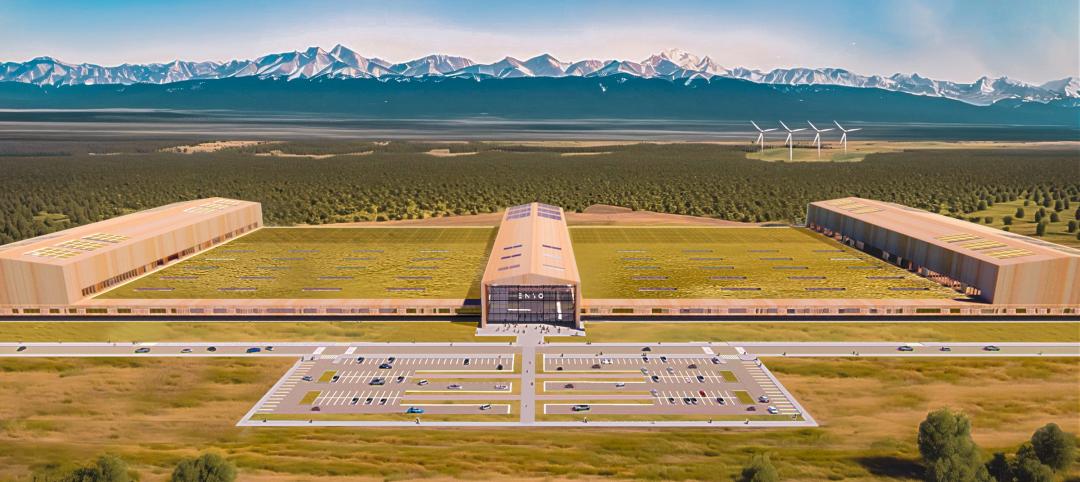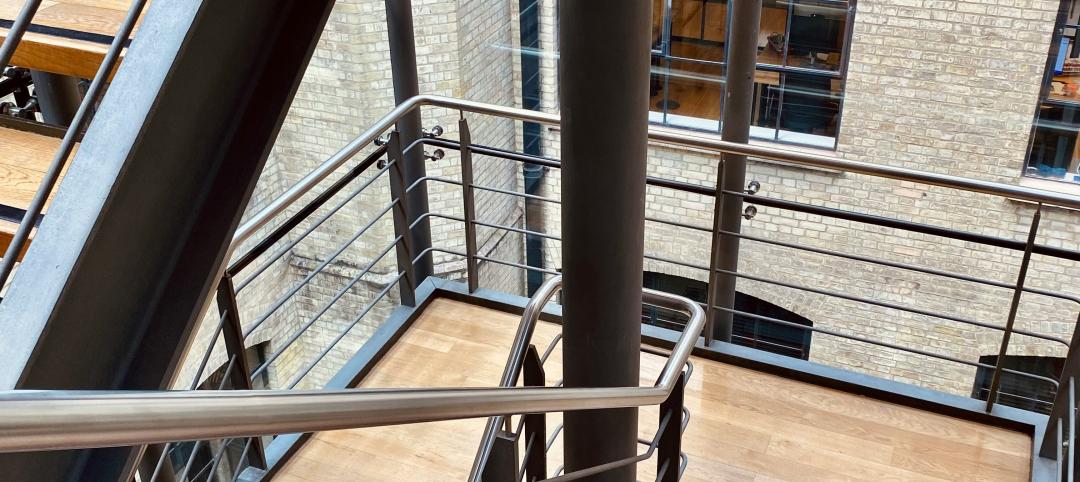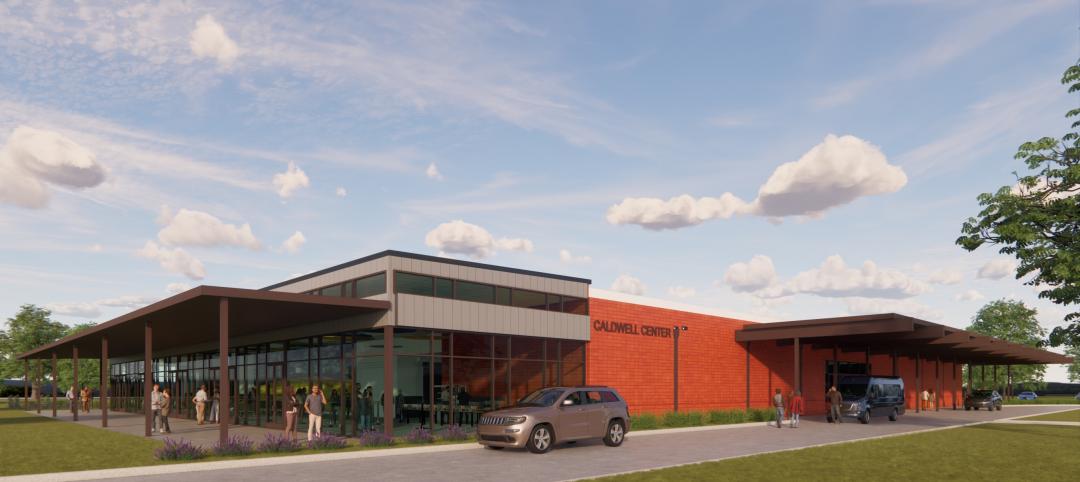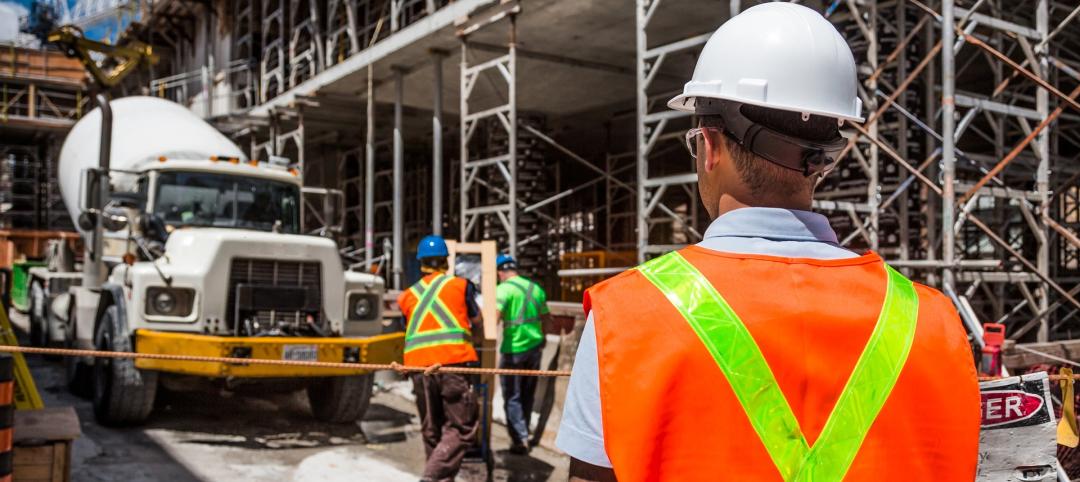The industry’s old-school ways mean contractors waste time and money mailing revisions to blueprints, tracking paper receipts and invoices, or traveling long distances to do on-site inspections of small changes.
95% of construction and engineering professionals think tech/innovation will significantly change their business2.
As construction professionals shoulder even more pressure to boost razor-thin profit margins, leaders are beginning to embrace the digital revolution. Fifty-five percent of construction and engineering professionals said their industry is ripe for disruption in a 2017 global survey conducted by KPMG; 95% think technology/innovation will significantly change their business; and 74% believe such a change will happen in less than five years2.
Digital disruption doesn’t have to be a burden. Here are three ways to harness digital tools to your advantage.

Manage Projects From Anywhere
Hard drives and technology are more visible than ever on the job site. Crews are now using tablets, for example, to review and inspect plans instead of old-fashioned paper blueprints. Some new applications help managers inspect remote sites by providing digital photos.
In addition, project management software can save time and increase transparency by ensuring that updates, revisions and plan changes are shared in real time, cutting down on errors and delays.

Manage Jobs Better On-Site
Increasingly, on-site job leaders are using tech to monitor and improve operations in real-time.
New mobile platforms allow foremen to update blueprints immediately on-site, instead of having to make the trip back to the office. Workers can annotate and track punch lists from the construction zone, letting them work nimbly in the field when inevitable changes on-site arise.
New mobile platforms allow foremen to update blueprints immediately on-site, instead of having to make the trip back to the office.
Being able to adjust or change plans in real-time reduces or eliminates the time-delay that can be a killer on projects. Some digital tools allow foremen to immediately retrieve and compare data on actual project hours, budgeted hours, and remaining hours, which helps keep projects on or close to budget.
Harry, a VP of Operations at a midsize construction firm, said the way that work gets done is definitely changing. “There's not too many contractors that don't have somebody that’s schooled in software,” he said. “Most of them have gotten smart enough to know that that helps.”

Track Expenses, Everywhere, Digitally
Having centralized expense control enables the home office to get a birds-eye view of all the project expenses — even those out-of-state.
Owners of mid-size construction firms say that it helps control expenses when their out-of-state workers are aware that their spending is being reviewed regularly.
Jake, the owner and operations manager for a construction firm that does about $25 million in annual sales on projects in multiple states, said, “We want our guys that are out of state to be aware that we're reviewing what they’re spending.”
Turning to the latest digital solutions helps construction leaders quickly and easily tabulate expenses and other various needs for projects. Additionally, by avoiding paper, expenses don’t fall through the cracks and pile up without your knowledge.
Custom business Credit Card programs allow firms to digitize their invoices, track expenditures and automate payments through online dashboards.
“We know ahead of time what our costs are going to be,” said Robert, president of a mid-sized construction firm. “We break up those costs, allowing our field personnel to make purchases for specific projects, up to a certain amount.”
Custom business Credit Card programs allow firms to digitize their invoices, track expenditures and automate payments through online dashboards.
“When we were looking around, I asked a couple of friends what they were doing as far as controlling their expenses and what they thought was the best way to go,” Robert said. “Most of them are using a combination of corporate cards and online financial management tools to manage their cash flow.”
Related Stories
Industrial Facilities | Aug 28, 2024
UK-based tire company plans to build the first carbon-neutral tire factory in the U.S.
ENSO, a U.K.-based company that makes tires for electric vehicles, has announced plans to build the first carbon-neutral tire factory in the U.S. The $500 million ENSO technology campus will be powered entirely by renewable energy. The first-of-its-kind tire factory aims to be carbon neutral without purchased offsets, using carbon-neutral raw materials and building materials.
Building Technology | Aug 23, 2024
Top-down construction: Streamlining the building process | BD+C
Learn why top-down construction is becoming popular again for urban projects and how it can benefit your construction process in this comprehensive blog.
Airports | Aug 22, 2024
Portland opens $2 billion mass timber expansion and renovation to its international airport
This month, the Portland International Airport (PDX) main terminal expansion opened to passengers. Designed by ZGF for the Port of Portland, the 1 million-sf project doubles the capacity of PDX and enables the airport to welcome 35 million passengers per year by 2045.
Adaptive Reuse | Aug 22, 2024
6 key fire and life safety considerations for office-to-residential conversions
Office-to-residential conversions may be fraught with fire and life safety challenges, from egress requirements to fire protection system gaps. Here are six important considerations to consider.
Contractors | Aug 22, 2024
Growing a $250 million business by focusing on preconstruction, with Wes Palmisano
One of the most critical aspects of successfully growing a construction company is the often-overlooked preconstruction phase.
Resiliency | Aug 22, 2024
Austin area evacuation center will double as events venue
A new 45,000 sf FEMA-operated evacuation shelter in the Greater Austin metropolitan area will begin construction this fall. The center will be available to house people in the event of a disaster such as a major hurricane and double as an events venue when not needed for emergency shelter.
Contractors | Aug 22, 2024
Why all construction business problems are people problems, with Eric Anderton
In the chaotic construction world where systematization is not a norm, it’s safe to say that people’s problems remain the biggest main challenge.
Contractors | Aug 21, 2024
The average U.S. contractor has 8.4 months worth of construction work in the pipeline, as of July 2024
Associated Builders and Contractors reported today that its Construction Backlog Indicator held steady at 8.4 months in July, according to an ABC member survey conducted July 22 to Aug. 6. The reading is down 0.9 months from July 2023.
Cultural Facilities | Aug 21, 2024
Baltimore’s National Aquarium opens 10,000-sf floating wetland that mimics the harbor’s original tidal marsh habitat
The National Aquarium in Baltimore has opened the National Aquarium Harbor Wetland, a 10,000-sf floating wetland that mimics the Inner Harbor’s original Chesapeake Bay tidal marsh habitat. Located between Piers 3 and 4 on Baltimore’s Inner Harbor, the $14 million project features more than 32,000 native shrubs and marsh grasses.
Mixed-Use | Aug 21, 2024
Adaptive reuse of a Sears store becomes luxury mixed-use housing
6 Corners Lofts at 4714 W Irving Park Road, Chicago, Ill., opened in March of 2024 as a 394,000-sf adaptive reuse project born out of a former Sears store.

















